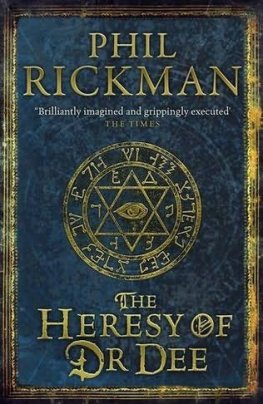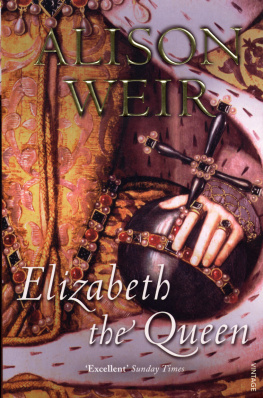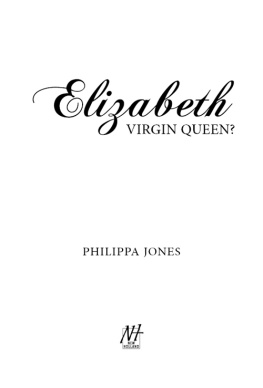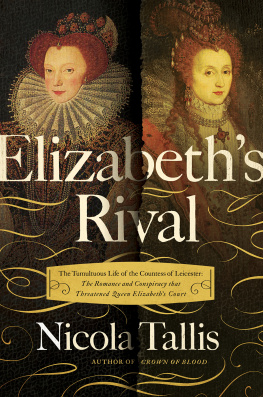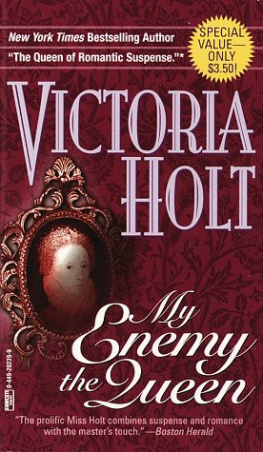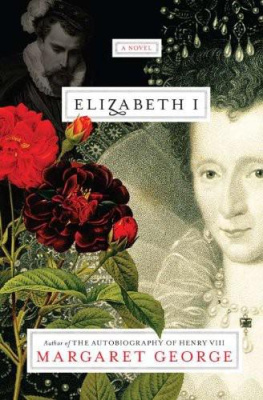Contents
Guide
E LIZABETH I S S ECRET L OVER
Pegasus Books, Ltd.
West 37th Street, 13th Floor
New York, NY 10018
Copyright 2020 by Robert Stedall
First Pegasus Books hardcover edition July 2020
Typeset in Times New Roman 11.5/14 by
Aura Technology and Software Services, India.
All rights reserved. No part of this book may be reproduced in whole or in part without written permission from the publisher, except by reviewers who may quote brief excerpts in connection with a review in a newspaper, magazine, or electronic publication; nor may any part of this book be reproduced, stored in a retrieval system, or transmitted in any form or by any means electronic, mechanical, photocopying, recording, or other, without written permission from the publisher.
ISBN: 978-1-64313-472-7
ISBN: 978-1-64313-473-4 (ebook)
Cover design by Faceout Studio, Spencer Fuller
Cover art from Bridgeman and Shutterstock Images
Distributed by Simon & Schuster
Also by the same author
Hunting from Hampstead: The Story of Henry and Lucy Stedall and their children, Book Guild Publishing, 2002
A two-volume history of Mary Queen of Scots:
The Challenge to the Crown, Volume I: The Struggle for Influence in the Reign of Mary Queen of Scots 1542-1567, Book Guild Publishing, 2012
The Survival of the Crown, Volume II: The return to Authority of the Scottish Crown following Mary Queen of Scots Deposition from the Throne, Book Guild Publishing, 2014
Men of Substance: The London Livery Companies Reluctant Part in the Plantation of Ulster, Austin Macauley Publishers, 2016
Mary Queen of Scots Downfall: The Life and Murder of Henry, Lord Darnley, Pen & Sword Books Limited, 2017
The Roots of Irelands Troubles, Pen & Sword Books Limited, 2019
Website: www.maryqueenofscots.net
List of Illustrations
Maps
Picture section
Map of England

Drawn by David Atkinson, Hand Made Maps Limited
Map of the Netherlands c. 1586

Drawn by David Atkinson, Hand Made Maps Limited
Family Trees
1. The English Succession

2. The Dudley Family

Introduction
I have spent the last sixteen years making an intensive study of Tudor history, and my lack of any academic preconception has allowed me to stand back from the accepted paradigm of the period. The copious records of the political brilliance of William Cecil, Lord Burghley, focus entirely on his undoubted skills but gloss over his devious methods used to belittle his opponents. One example of the praise showered on this preeminent Elizabethan political figure can be found in The Great Lord Burghley; A Study in Elizabethan Statecraft by Martin Andrew Sharp Hume written in 1898. Hume can see no wrong in Cecil and he makes corresponding attacks on his enemies. One of the casualties is Mary Queen of Scots, the Catholic heir to the English throne. Most of the evidence for the murder of Lord Darnley emanates from Cecils records and can be shown to have been falsified, but conventional historians of the past have tied themselves in knots attempting to link together conflicting pieces of unsupportable evidence. In his effort to prevent Mary from succeeding the childless Elizabeth, Cecil encouraged a plot for the murder of her husband, Lord Darnley. He then connived with the Scottish lords opposing her to persuade her to marry the Earl of Bothwell, known to have masterminded the murder. This made their marriage appear like a crime of passion, when she had played no part in the murder or its planning. It was the marriage not the murder which tarnished her name, leading to her imprisonment. Cecil later tried to entrap her into supporting apparently treasonable plots, which he had fabricated, to provide grounds for her execution. It was Lady Antonia Fraser who started to dispel criticism of Mary in her ground-breaking history of 1969, but even she failed to point out Cecils Machiavellian role in the process of defaming her.
It was not just Mary Queen of Scots. Cecil saw Lord Robert Dudley as a threat to his position as Elizabeths Secretary of State. It was Cecil who hinted that the untimely death of Roberts first wife, Amy Robsart, might be murder, the motive for which was to enable him to marry the English Queen. It was Cecil who cajoled Elizabeth into pulling back from the marriage, perhaps preventing a Tudor heir from succeeding to the English Crown. As the ultimate politician, he believed that the ends justified the means. Dudleys name has been further tarnished by a libellous Catholic tract, later known as Leicesters Commonwealth designed to highlight his Puritan shortcomings. Nevertheless, traditional historians, including William Camden, accepted its scurrilous content at face value.
As with my histories of Mary Queen of Scots, this biography attempts to redress the balance by rehabilitating another of Cecils victims. No one would pretend that Dudley was faultless any more than was Mary Queen of Scots, despite Lady Antonias sanitising efforts. Nevertheless, Dudleys shortcomings should not prevent him from standing out as the most interesting and influential personality of the Elizabethan age.
Surprisingly there have been only two histories of Dudley in more recent years, Elizabeth Jenkinss Elizabeth and Leicester, published by Victor Gollancz in 1961 and Derek Wilsons Sweet Robin, published by Allison & Busby Ltd. in 1981. I owe a debt to both authors for their meticulous research. I have also benefited from research on Lady Jane Grey and on Lettice Knollys by Nicola Tallis and on many other histories of the Tudor period. As always, I have reached my own conclusions from the plausible evidence to provide a fresh assessment of Dudley and his achievements and of the personalities that surrounded him. He was a man of many qualities.
I am most grateful to Claire Hopkins at Pen & Sword History for her advice and support on the production of this biography, and to Karyn Burnham, who has edited the text. Most importantly, I have to thank Liz for putting up with my disappearance for long periods into Tudor history and to my son Oliver, who has rescued me when my computer has failed to respond as promptly as I would like to a well-deserved dose of chastisement!
Robert Stedall
PART 1 PRE-ELIZABETHAN UPS AND DOWNS
Prologue
There can be no surprise that after the death of a monarch as dominant as Henry VIII, there was the risk of a power vacuum when it came to establishing government for his 9-year-old son, now Edward VI. Under his will, Henry had proposed a Council of Regency of sixteen equals to govern until Edward came of age. Nevertheless, ruling by committee would never be a viable option for those ambitious men, who now surrounded the Crown. The only real hope for the future was Edwards quite extraordinary intellect, moral rectitude, and grasp of politics from a very early age.


